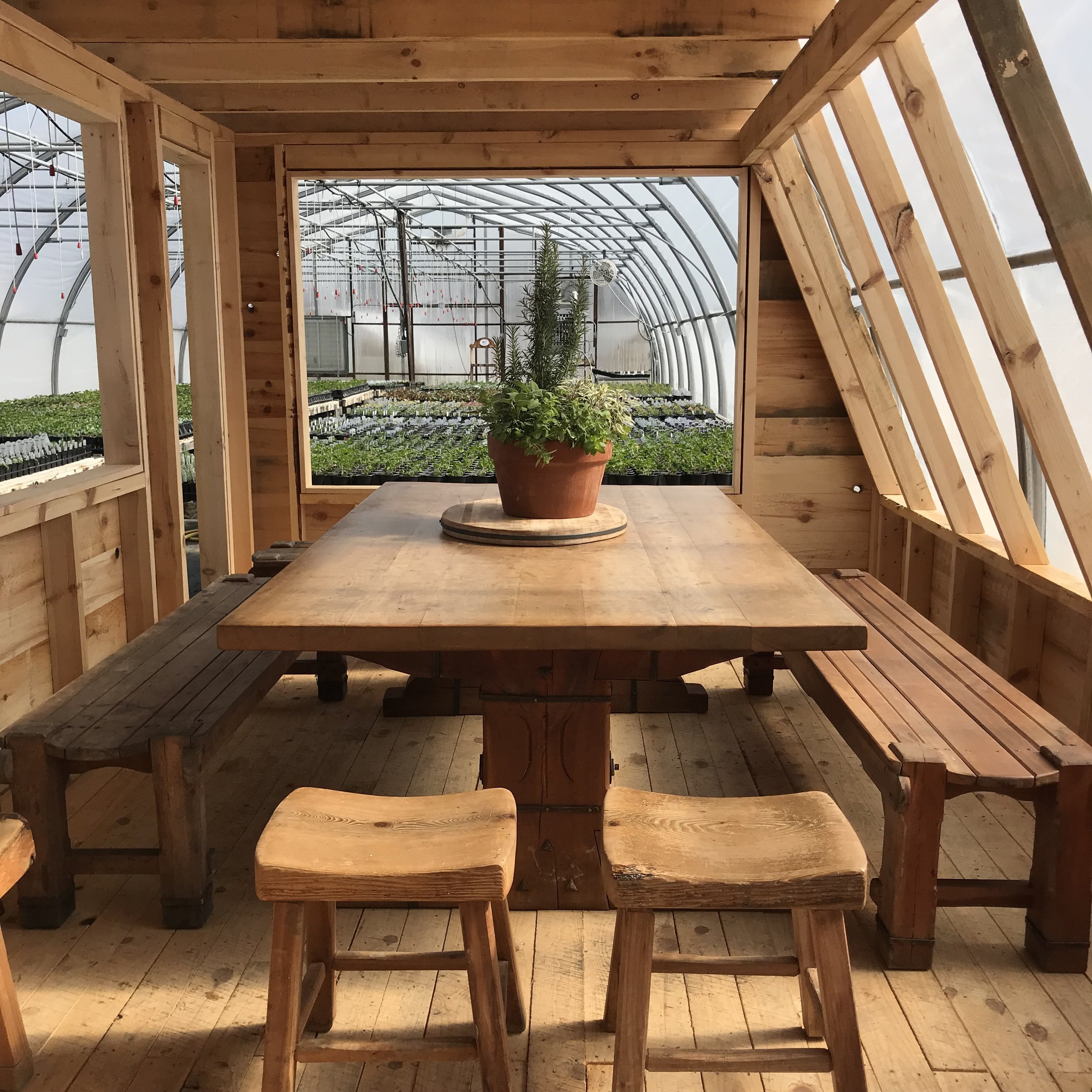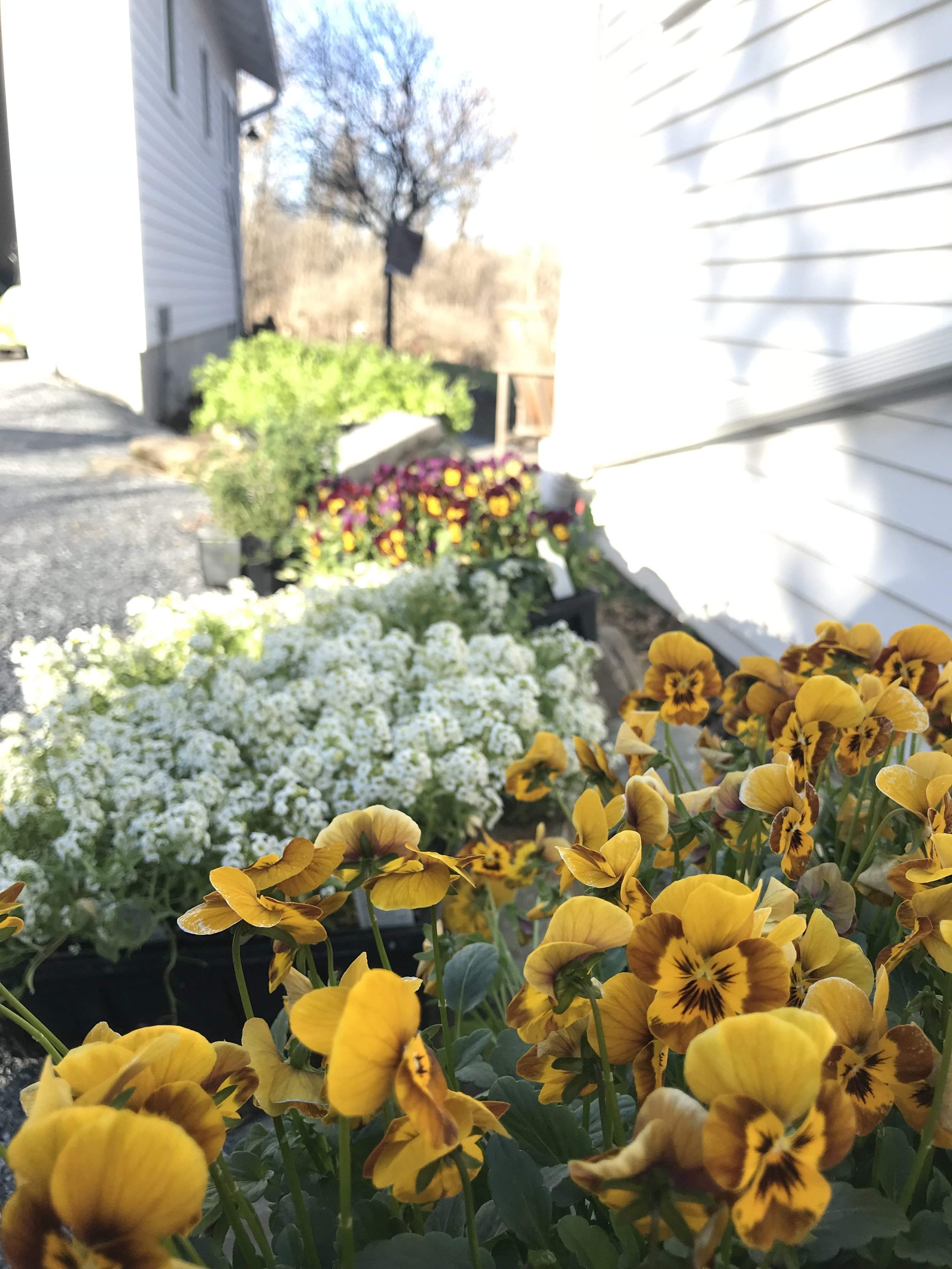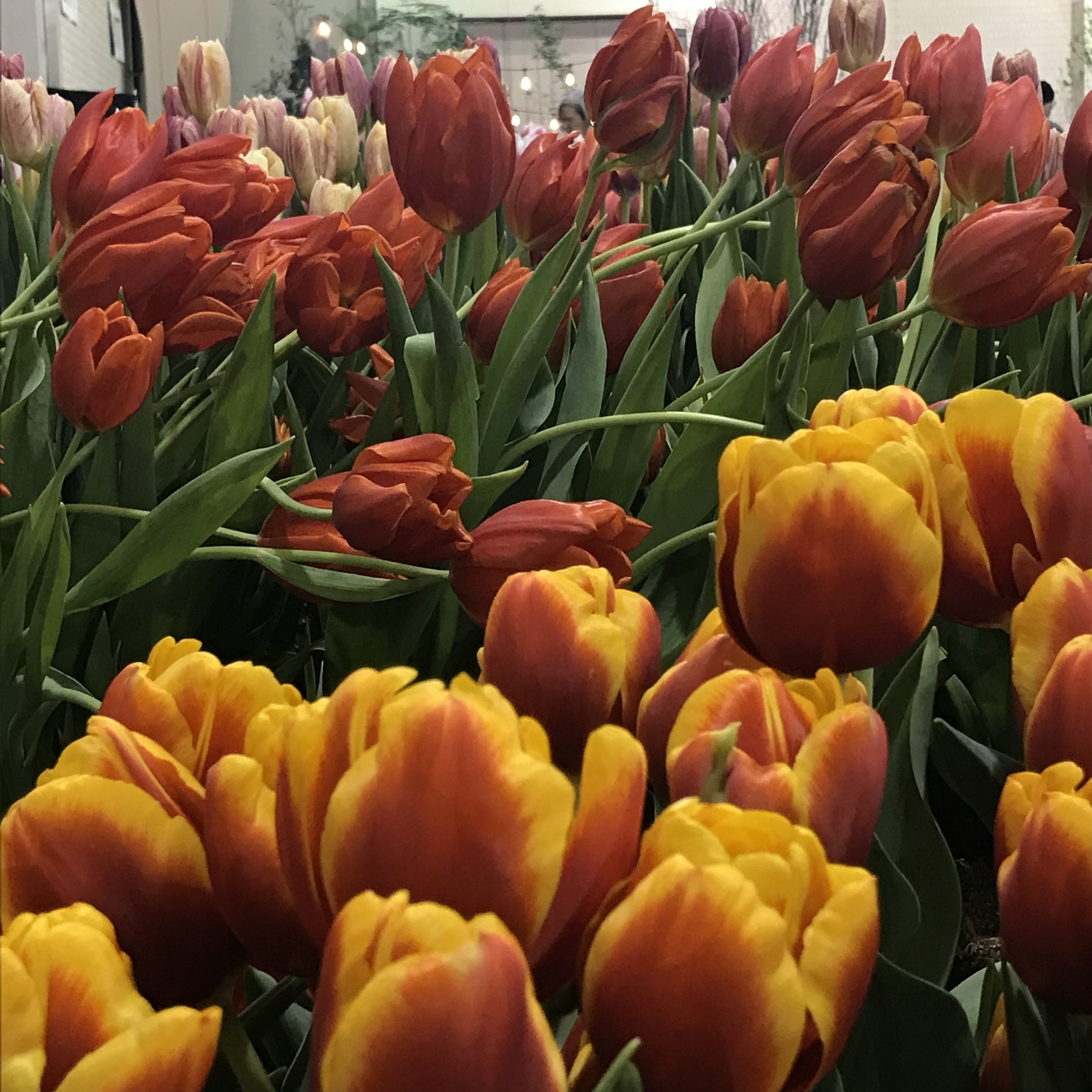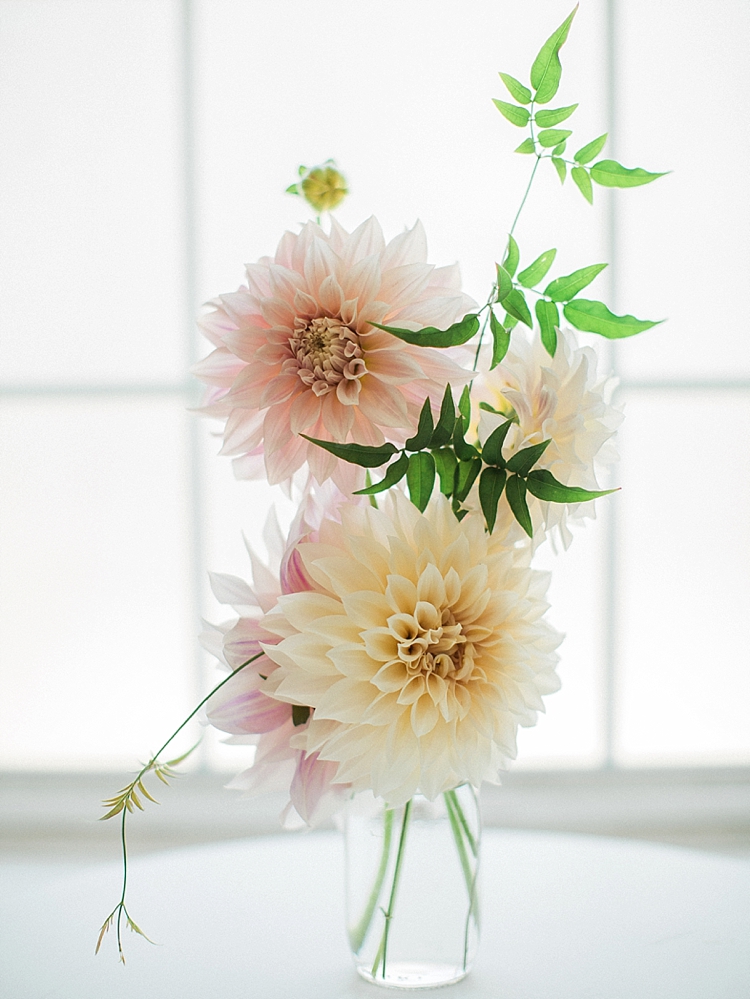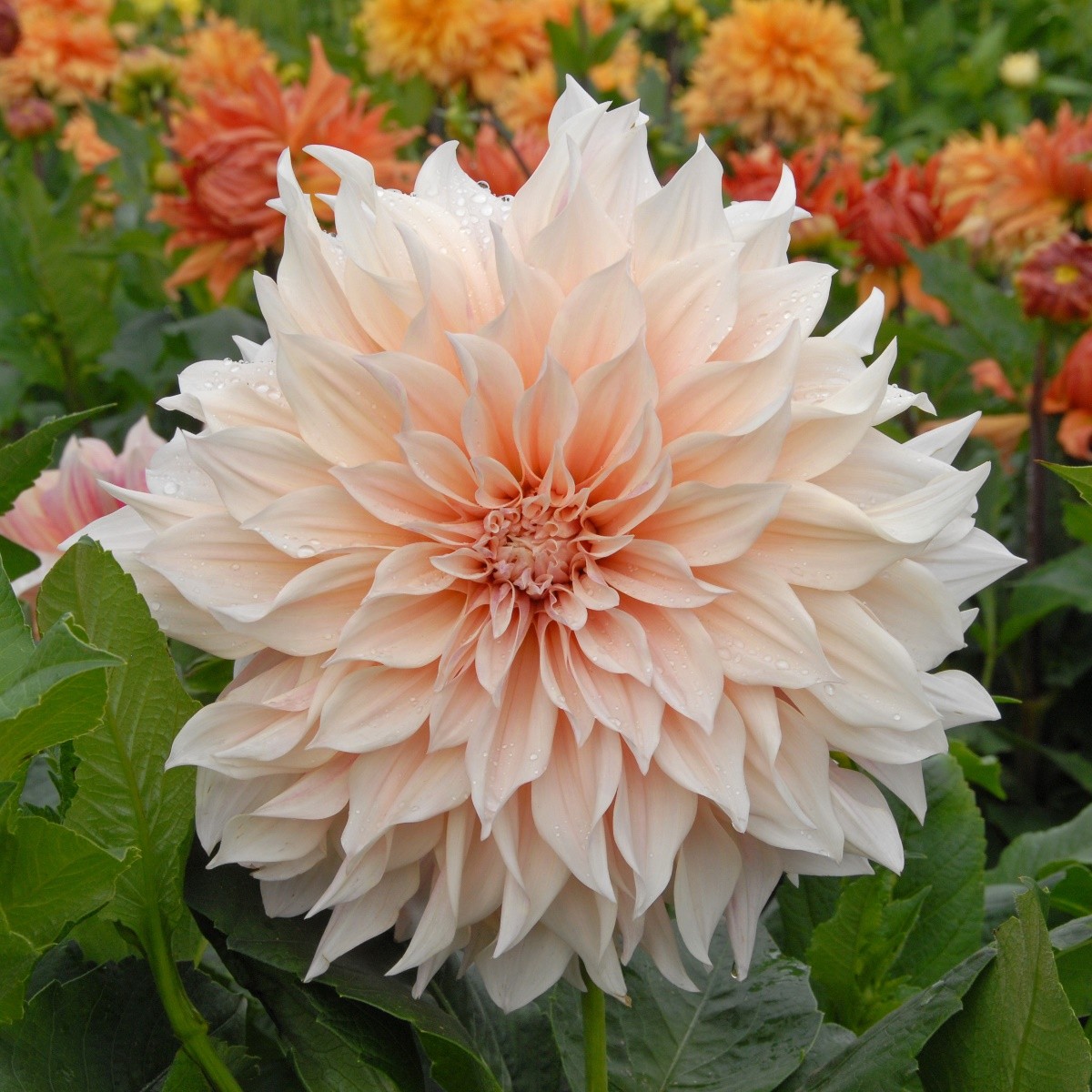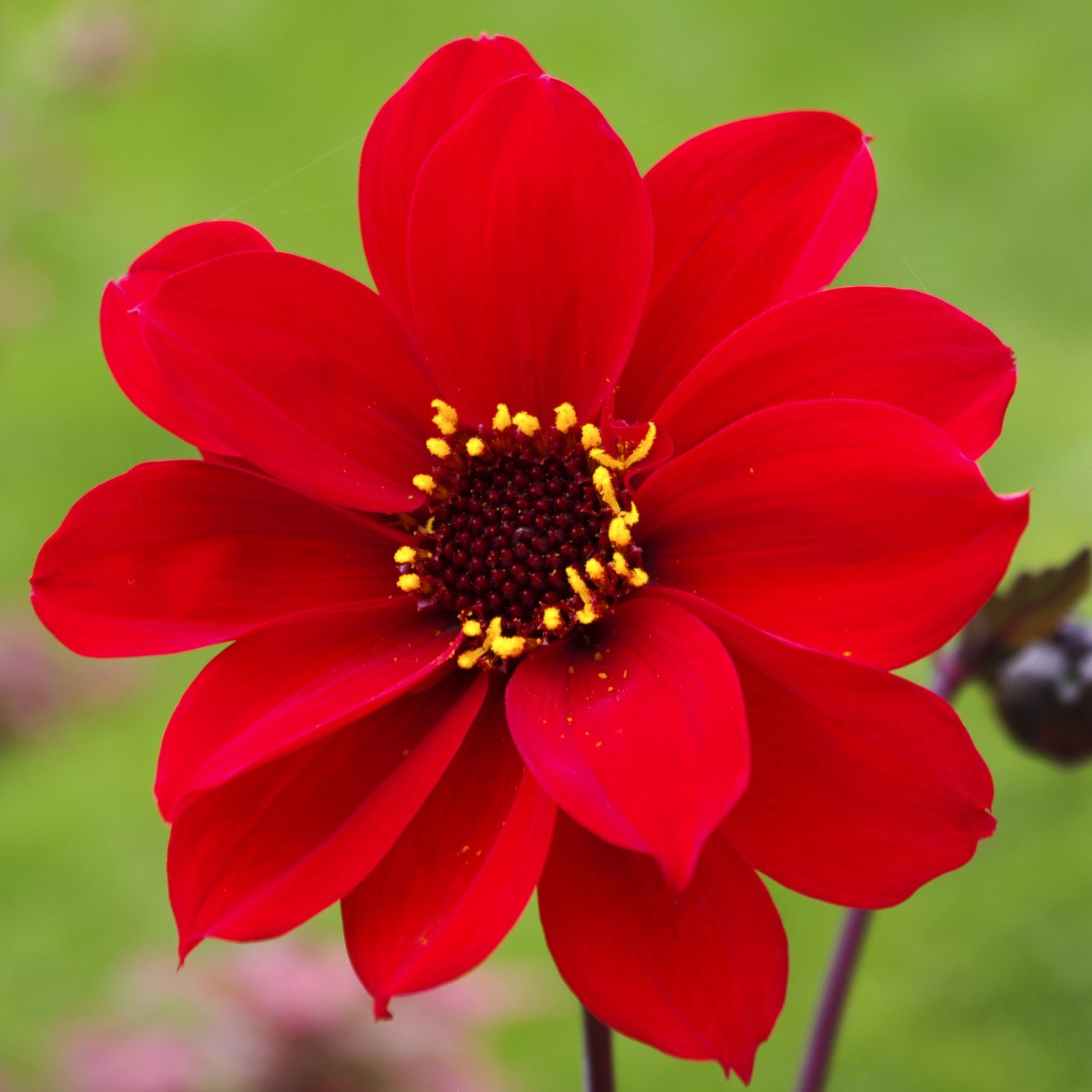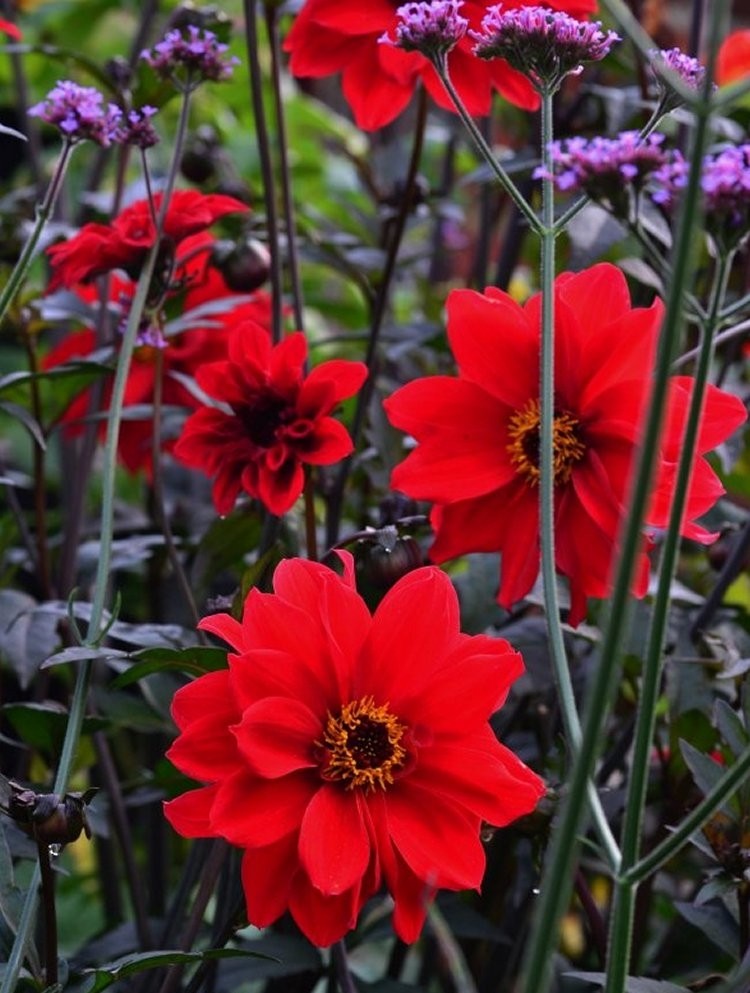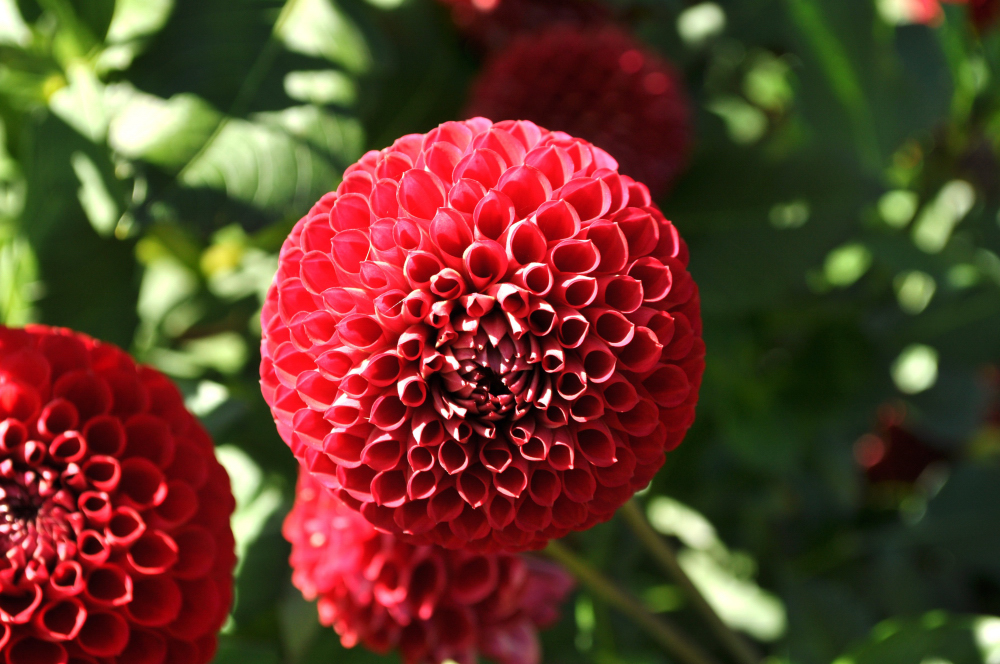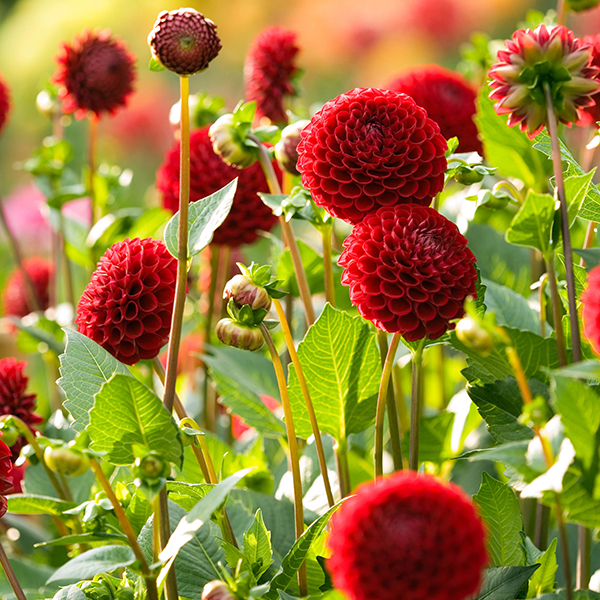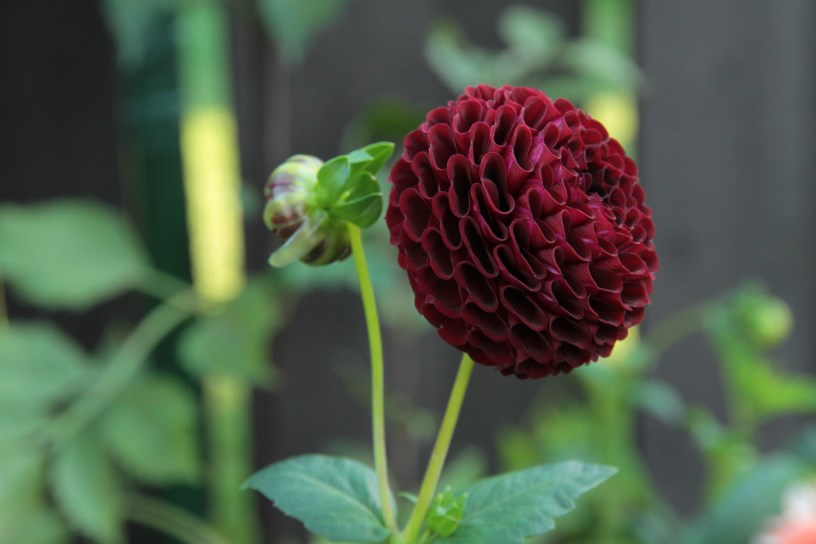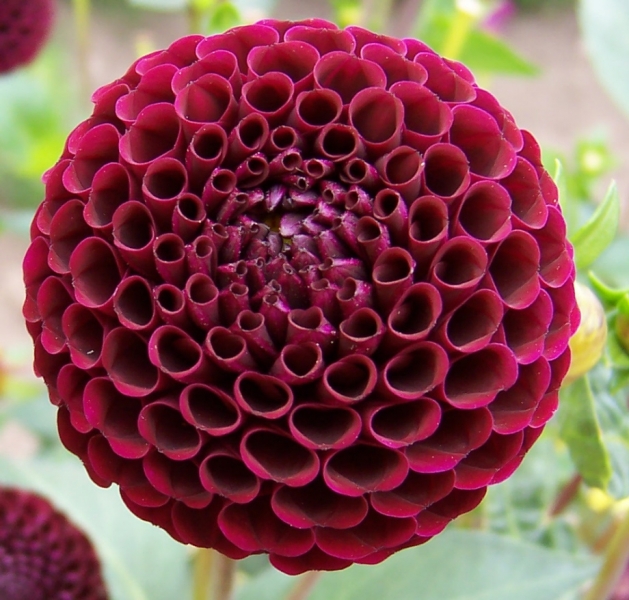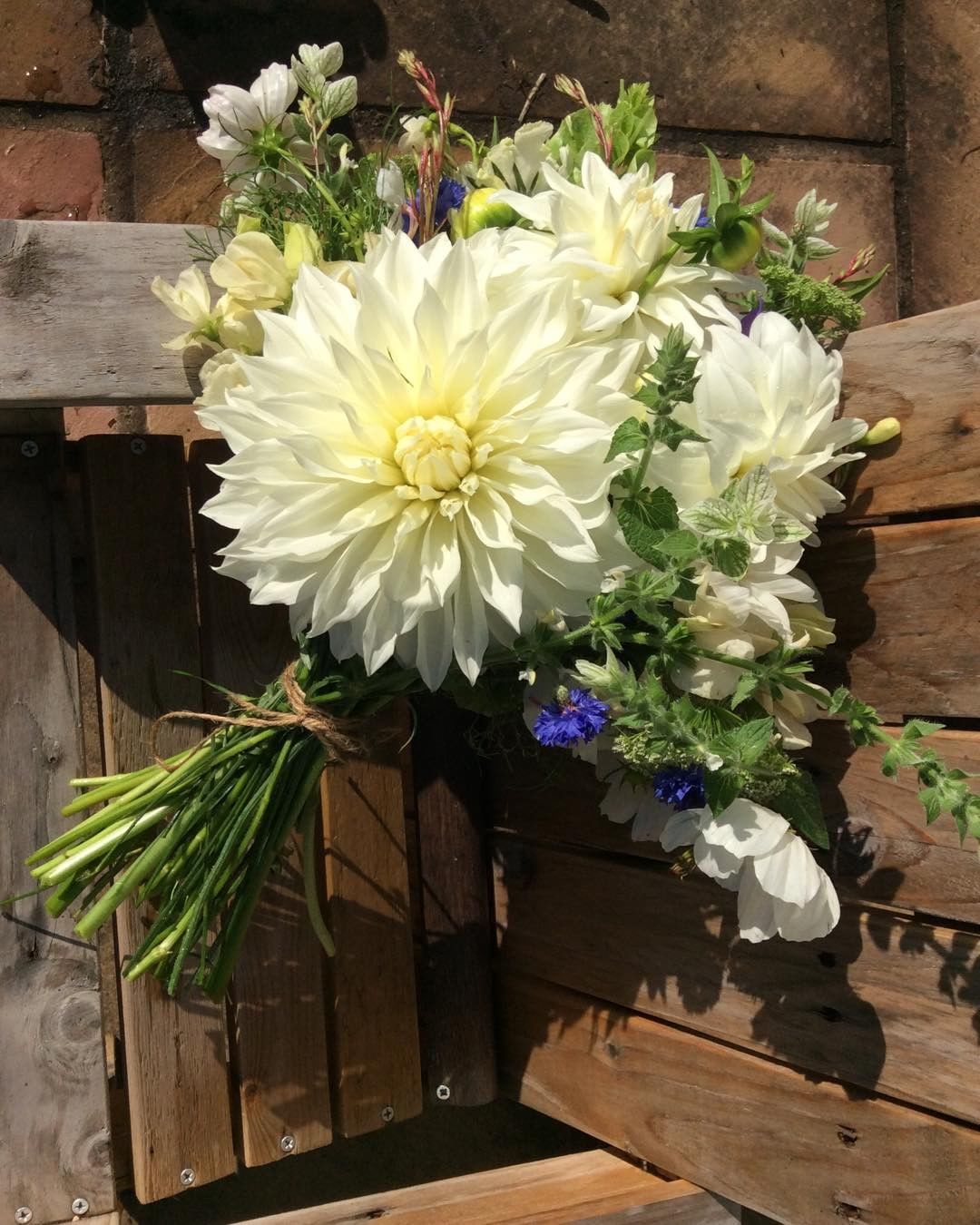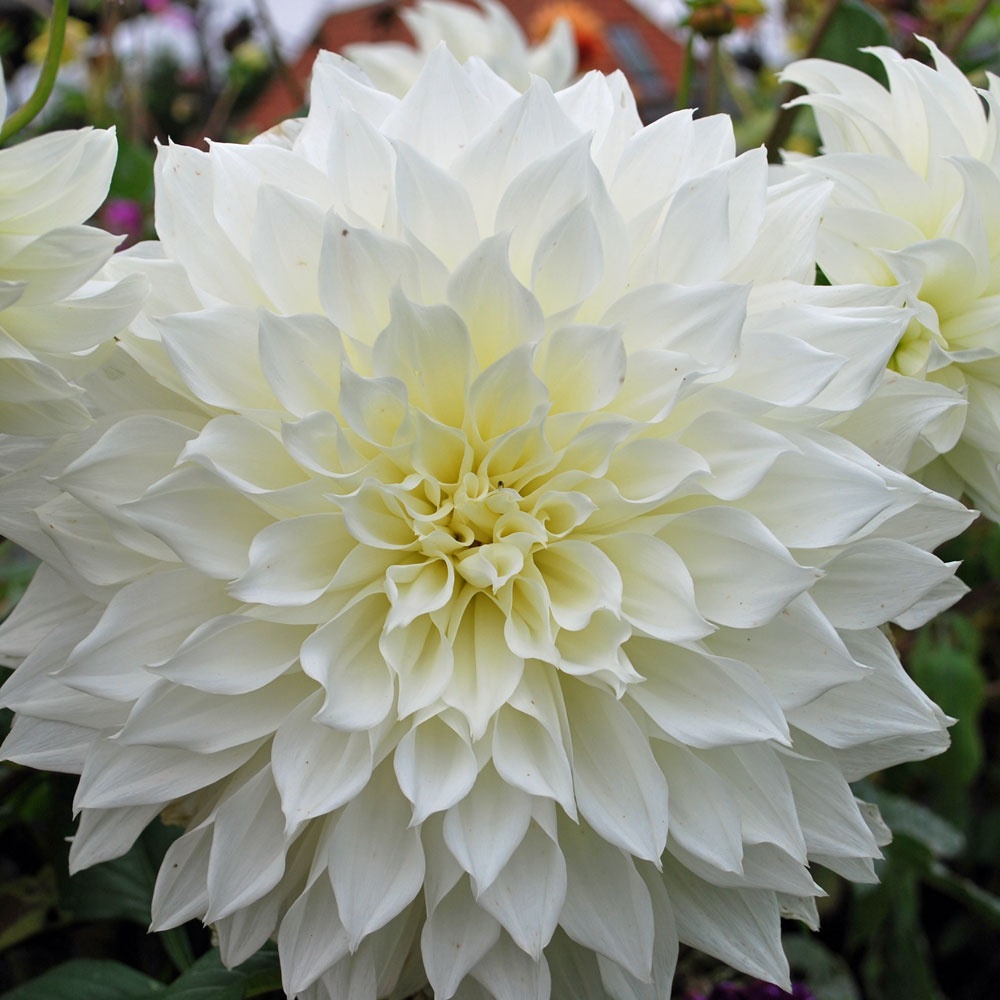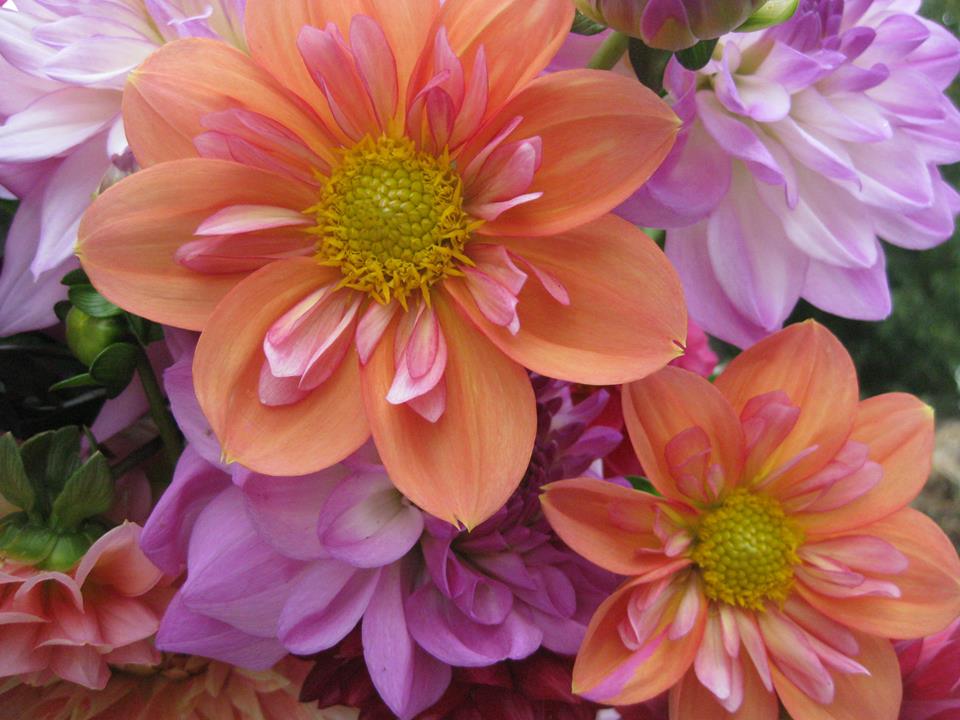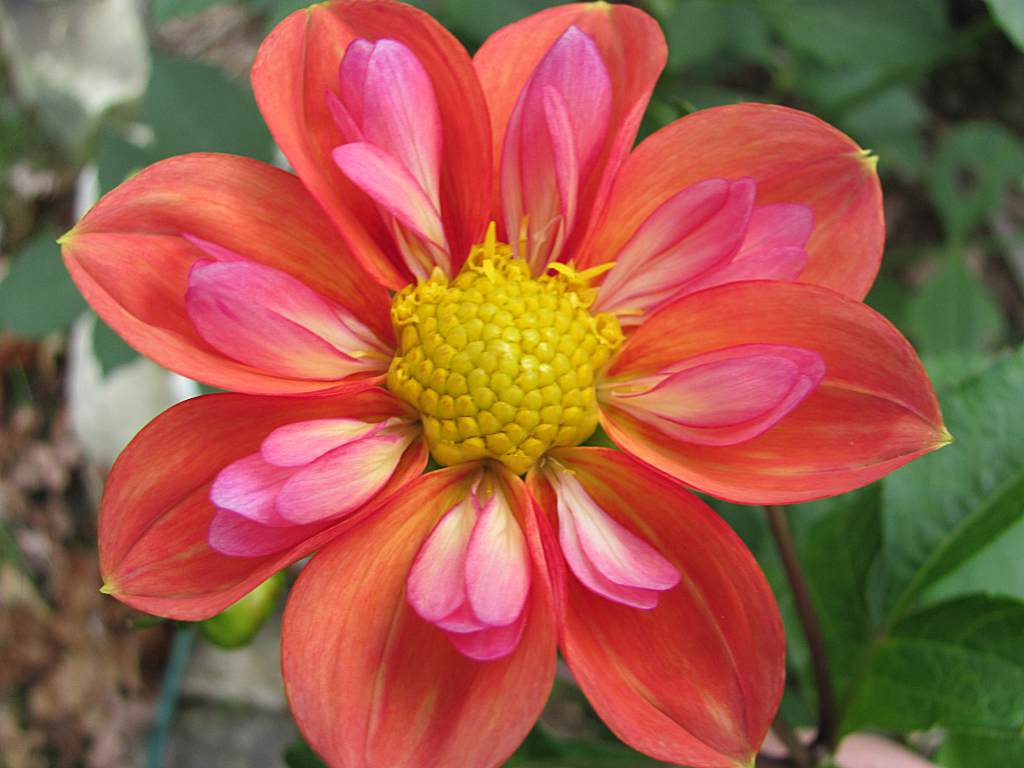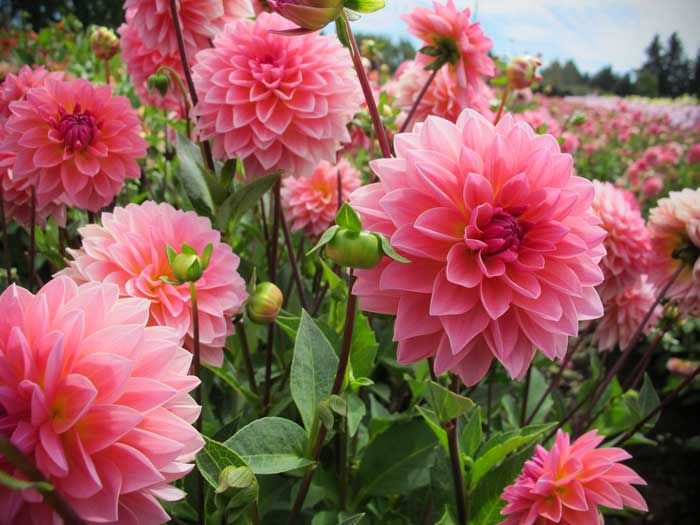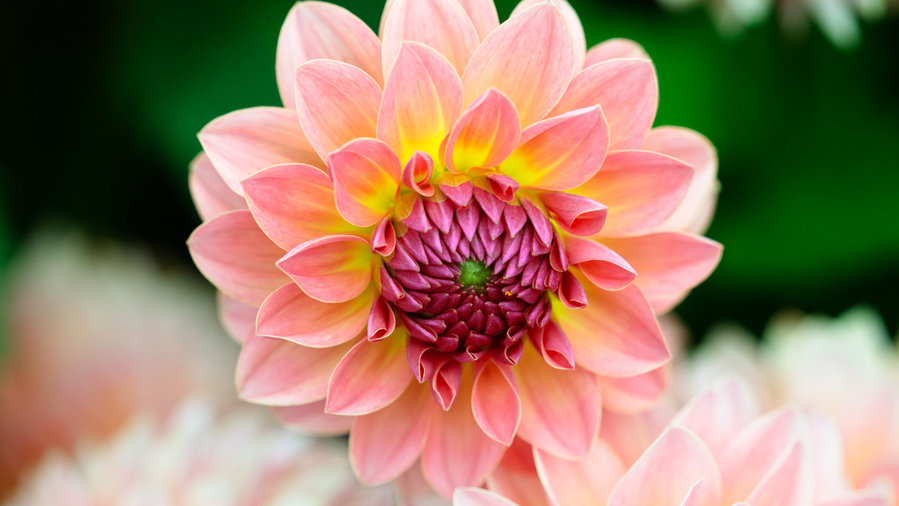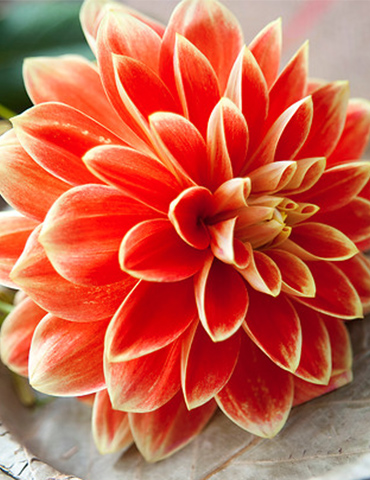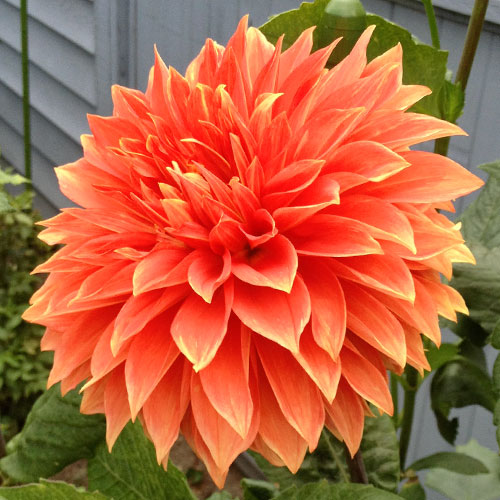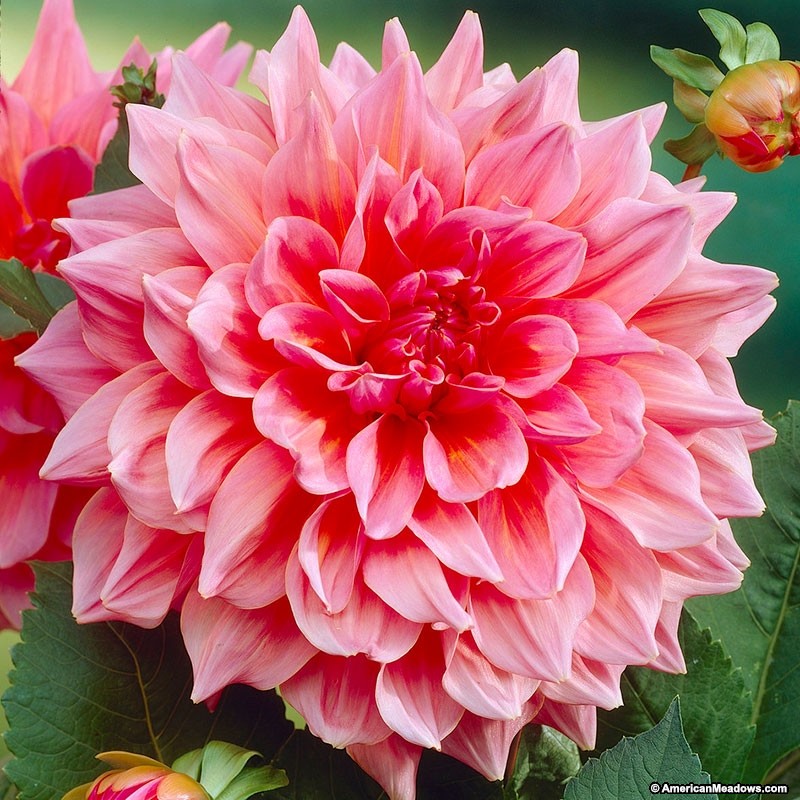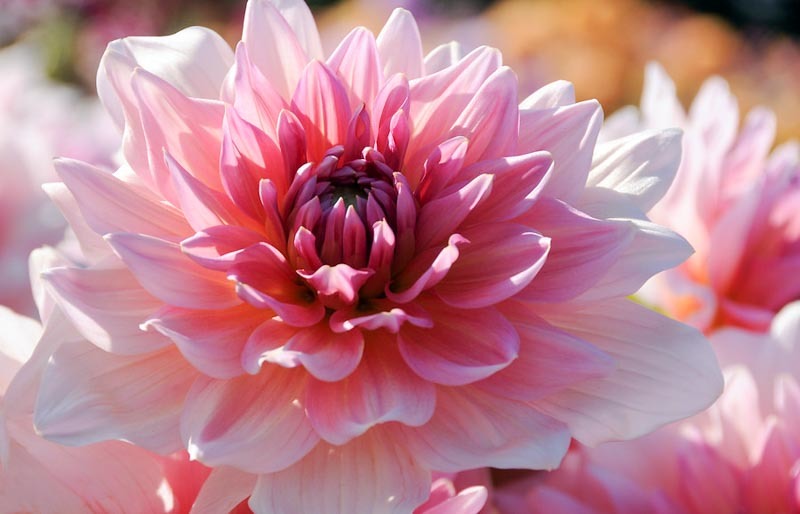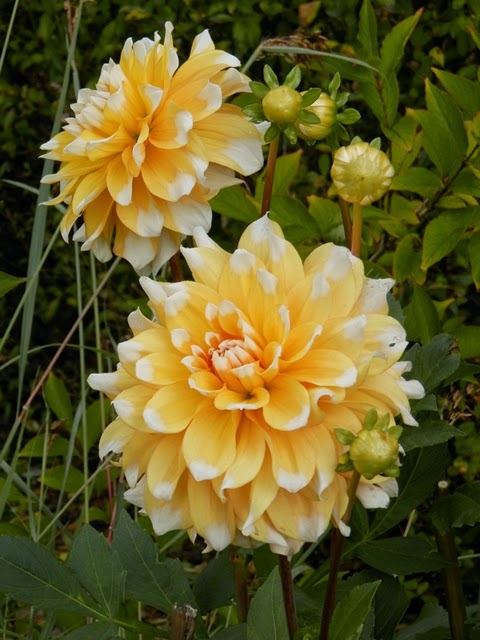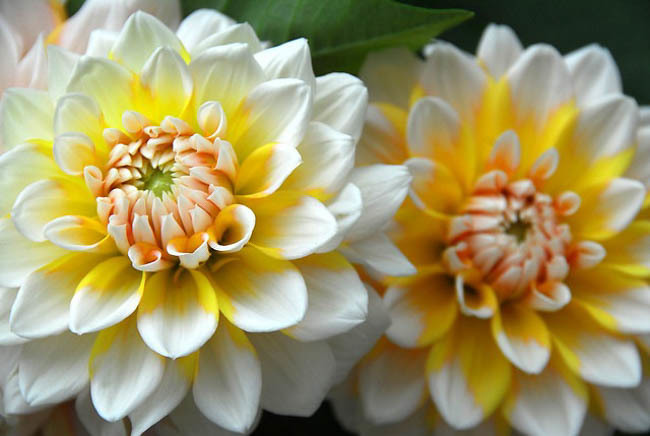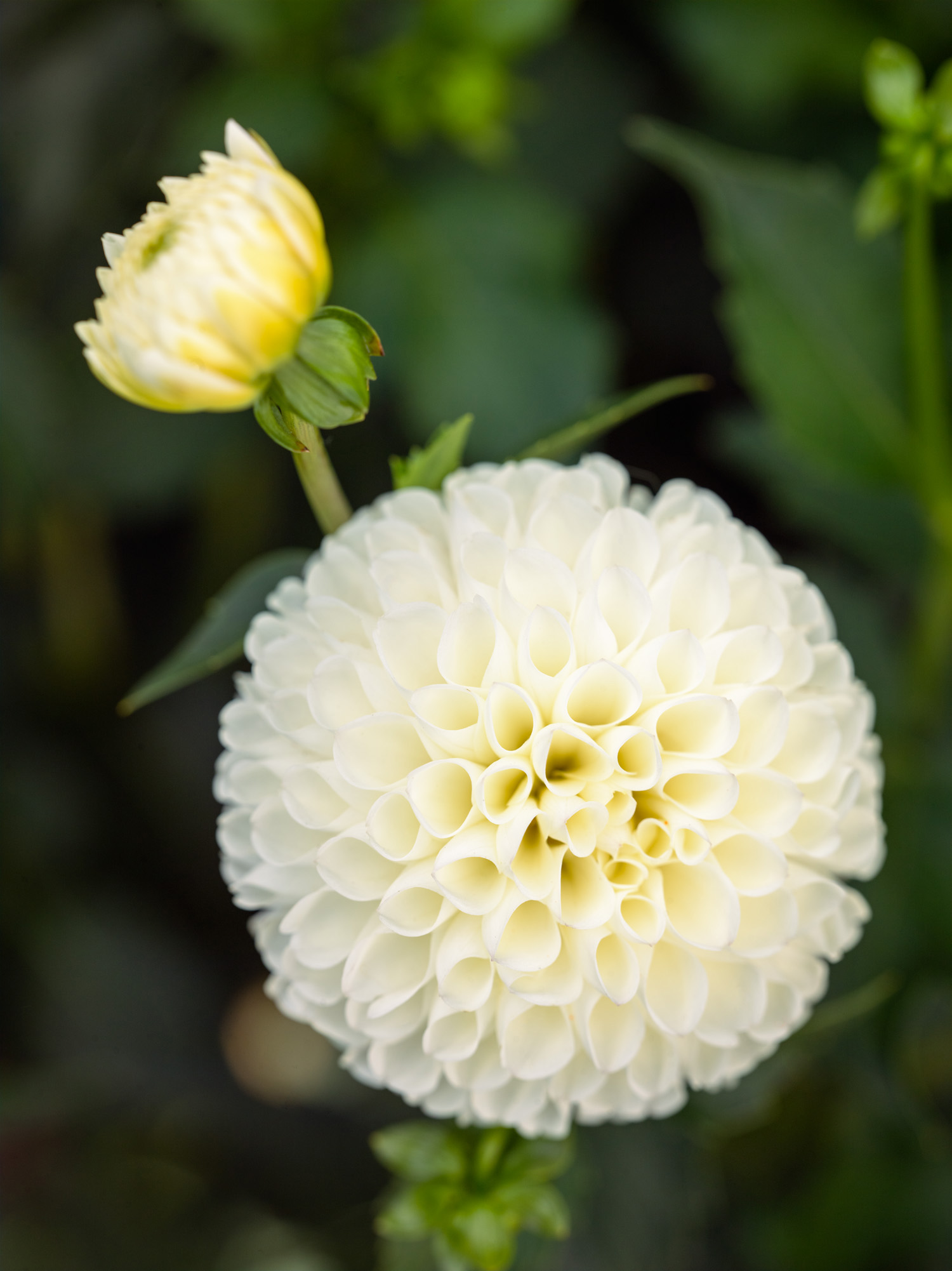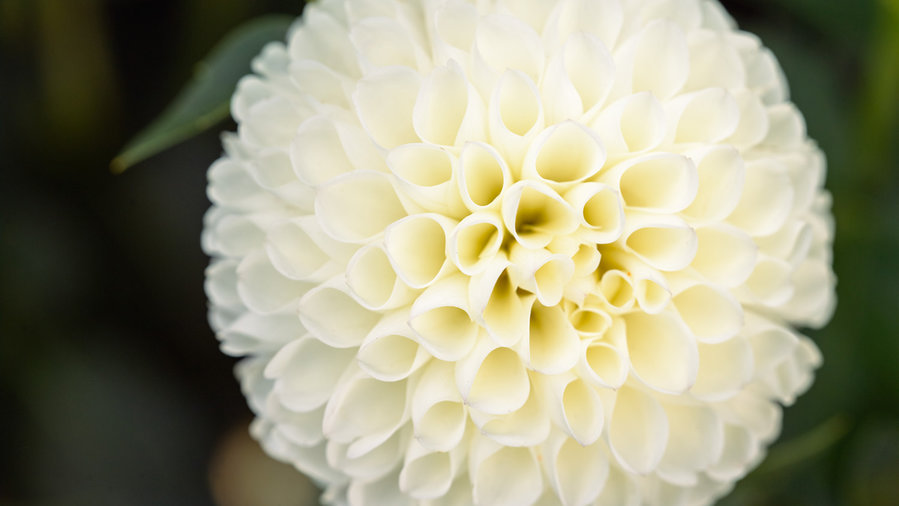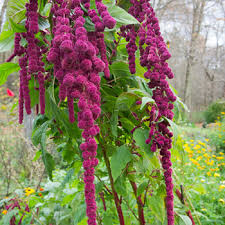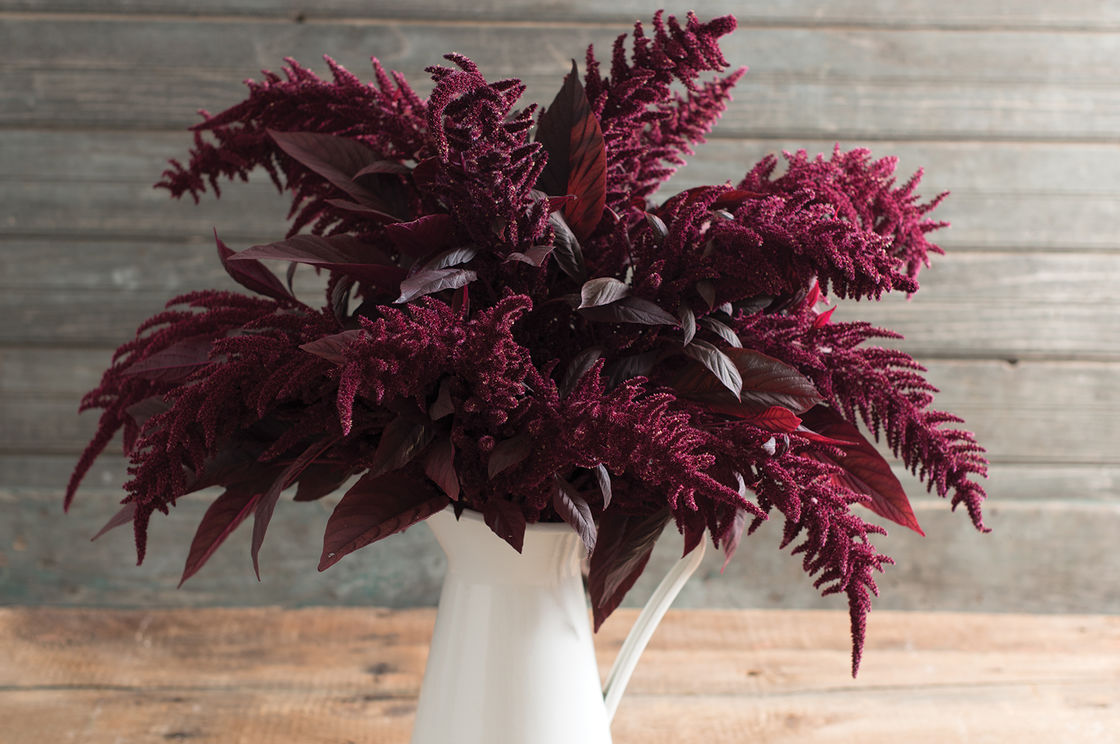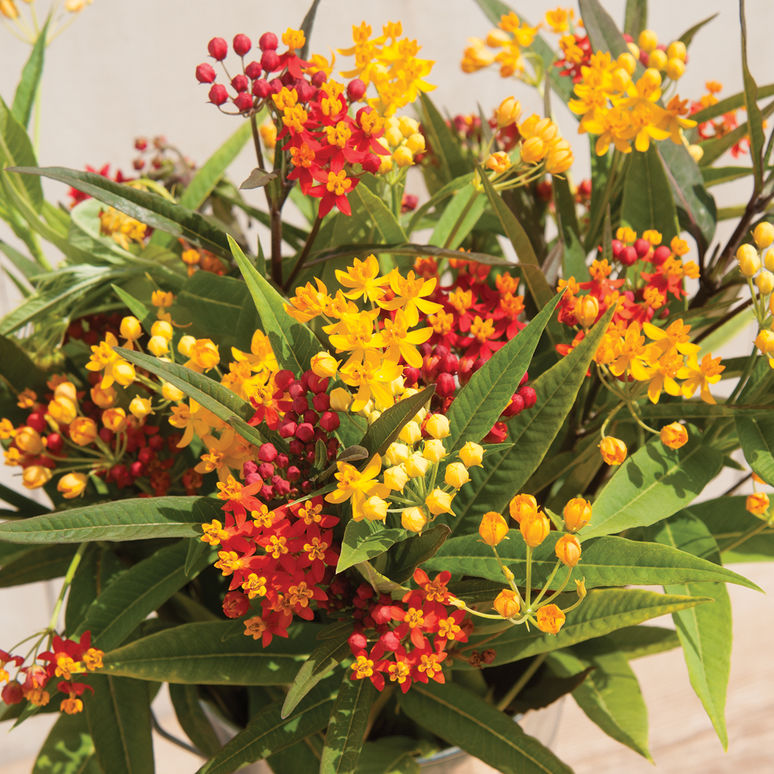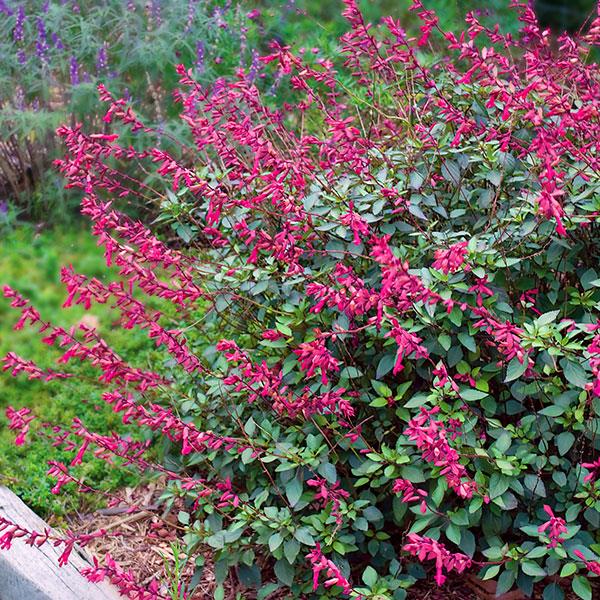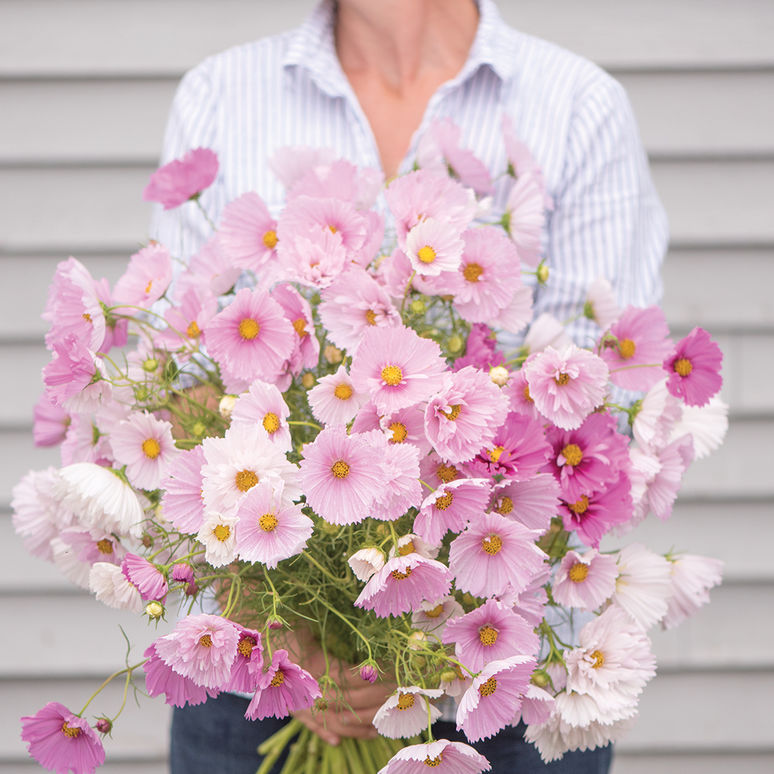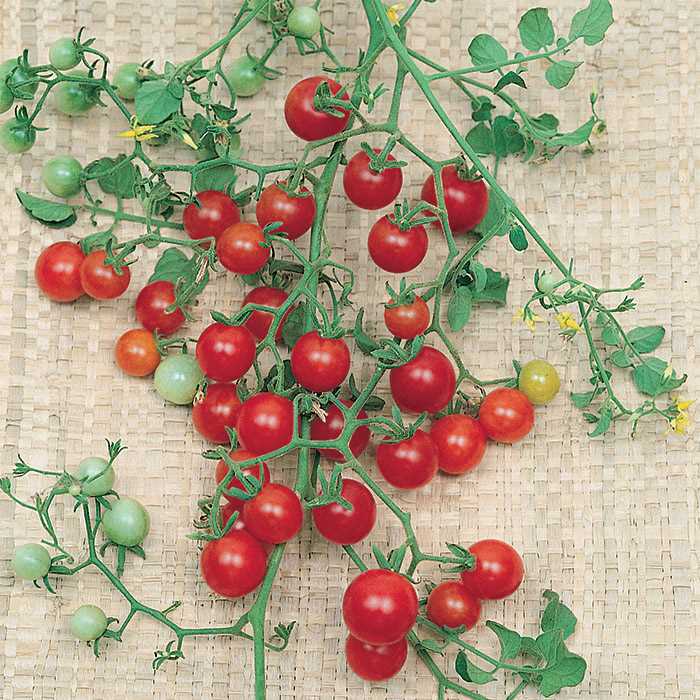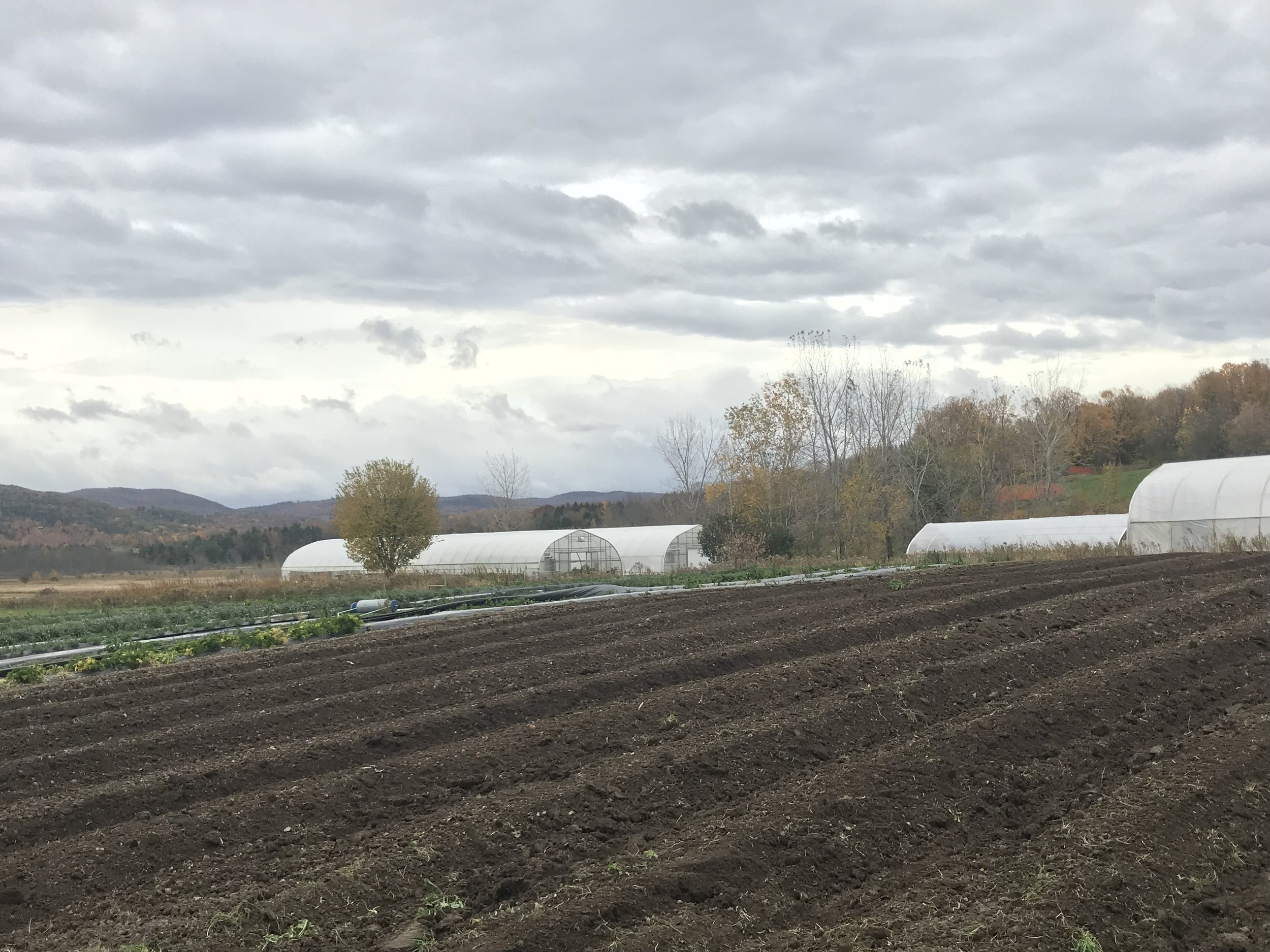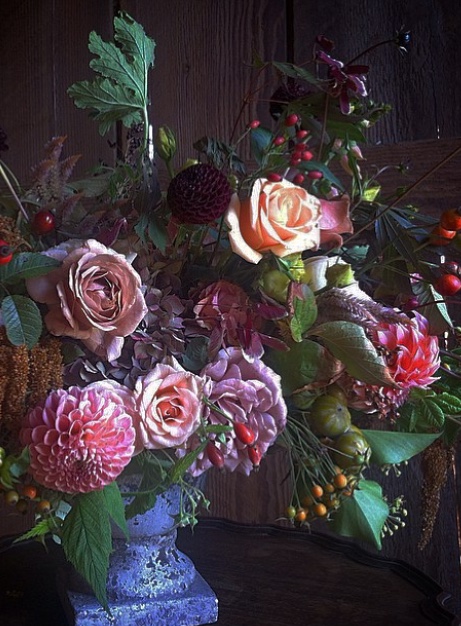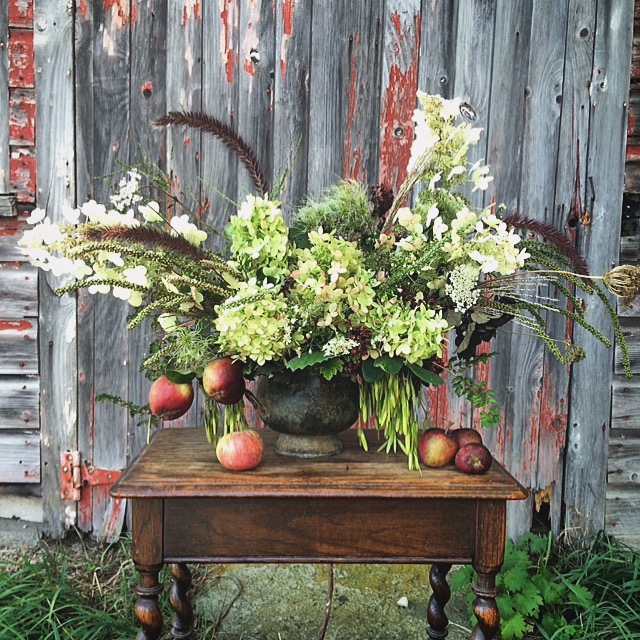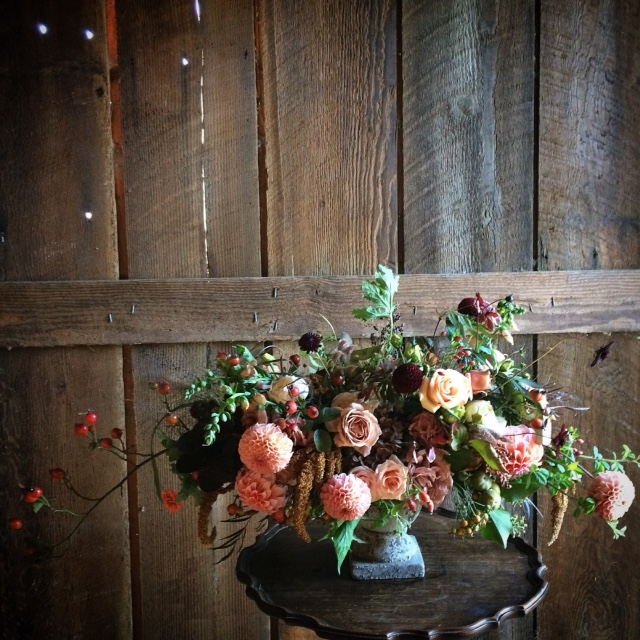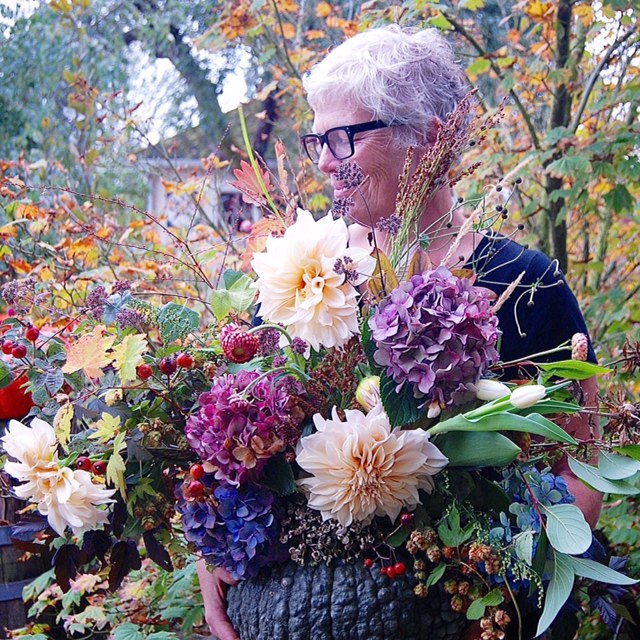We can help you get set up with row cover just like this. Photo from Johnny’s Selected Seeds.
Hopefully you have been able to put some tomatoes in the ground at this point. And if not, don’t worry. It is not too late. I have successfully planted tomatoes as late as July 1st and still had a decent harvest. The trick is to look for varieties that will mature in under 72 days or so. Our tags usually have the days to maturity listed. This means you can count the days from the time of transplant and get an estimation of when you will be harvesting. This varies with the size of the seedling somewhat, and because we sell such beefy, healthy plants, we are often ahead of what the tags say. Here are some varieties I would recommend right now - any of the cherries, Juliet, Celebrity, Big Beef, Black Prince, Cosmonaut Volkvov, Mr. Stripey, Clementine, Jaunne Flammée, Eva Purple Ball, and many more. Our staff is always happy to help you with tomato selection, and I am there on Saturday if you want to ask me personally.
All of this rain has made it hard to get into some of our gardens, and we have delayed some projects and changed the course completely on others. Gardening is a humbling act and always a good teacher. You must bend and flex and adjust. Our plans to put in a display garden at the edge of the herb farm are now getting completely reworked as we see what a wet swamp it is during a rainy year. That is ok, we are taking the opportunity to research vernal pools and what type of ecological landscaping we can do in a site like that. It is easier to bend to what the site wants than to force a piece of land into something it is not meant to be. So one tip this June —don’t force it. Adapt.
We are reducing our display garden to a dry strip of three beds along the herb farm caterpillars. Sarah M. has been helping me transplant everything and it is looking great. Here are some extra steps we are taking to mitigate the wet and to ensure the plants take off at a rapid rate:
Compost Plus in the planting hole. I do this with all the plants I put in the garden. It is magic fairy dust.
Landscape fabric for weed control and extra warmth. We use a re-usable kind that can be folded up in the winter and re-used every summer. We burn holes into it with a blow torch and lay it over prepped beds with drip irrigation lines underneath. This is a lot of set up but it is a one time effort to minimize weeds all season and to guarantee that the root zone is warm and watered well (if it ever stops raining every other day!).
Cucurbits (anything in the squash, cucumber, pumpkin family) are getting hoops and row cover over them to add warmth, protect from wind, and protect from cucumber beetle (those little yellow and black striped guys). Once the plants are bigger and start to flower, I will take the row cover off so that the plants can get pollinated. Usually by that time, the plants are big enough to out compete any damage caused by the pests.
Cucumber beetle prevention starts now with row cover.
A lot of organic pest control methods have to do with timing….in this case it is pushing the plants along to grow quickly, so that they can outrun the pest’s life cycle. Understanding pest habits and plant habits and manipulating the plants when possible is key to good gardening. By manipulating I mean slowing down or speeding up, pruning, fertilizing, and weeding. Sometimes a weed is a host for trouble makers, and it is important to stay on top of it. Other times, planting something late gets it in the ground after the life cycle of a pest is complete. Gardening without chemicals means treating the garden like an ecological system - and we as humans, are part of that system.
We are watering the cucurbits once a week with a strong solution of fish / seaweed emulsion. This will help them get big before they flower so that they are really healthy when they go into the fruiting stage. Flowering and fruiting require a lot of energy and the more green leaves on a plant, the more they will be able to photosynthesize to support the fruiting and flowering. This applies to cucurbits more than to tomatoes.
Only fertilize tomatoes at transplant time and then again two weeks later. Tomatoes can get too green in our short season, and then they do not actually make much fruit. It is important to only feed tomatoes when they are young - at transplant time and maybe one other time before they flower. If you encourage green growth once they flower (in the form of nitrogen rich fertilizer) it will cut down on your tomato harvest. A little bit of stress is actually good to induce flowering and fruiting in tomatoes.
Now is a great time to keep transplanting lettuce, greens like chard and kale, kohlrabi, spinach, beets, scallions, mini onions, boc choi, cabbage, broccoli, and fennel. We have a great selection to choose from and will always encourage you to grow in successions. Running out of lettuce in the heat of summer is a drag because that is when salads are all you want to eat!
And I hope you remember to just enjoy the garden. Stop to just breath it in, and don’t just see it as a list of chores and projects. There is always some bit of beauty to focus on. I have found great pleasure in just walking through my garden early in the morning, coffee in hand, and purposefully ignoring the thoughts of “I should do this” or “this looks bad”. It is become a morning ritual that I really love - just noticing something new in the ever changing world of my home garden.







